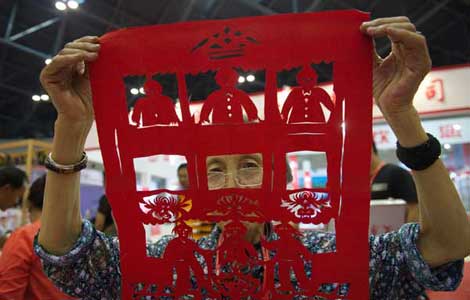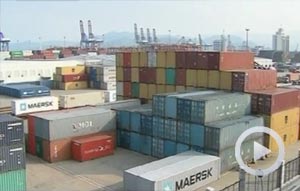No return in nation's economic transition
Updated: 2013-07-05 07:21
(China Daily)
|
||||||||

Editor's Note:
When the subprime debt crisis in the United States threw the world into a panic in 2008, all that China attempted to do, as the rest of the world expected, was to keep up its growth rate.
And grow it did, at an envious pace, thanks to many government-led big-ticket investment projects.
But as the global market no longer needs increasing (and increasingly expensive) supplies from China, the country cannot benefit from generating the same growth rates it once did.
It can no longer depend on that kind of growth, driven by forces outside the economy whether external demand or government stimulus. It must pursue a different kind of growth, driven by actual market demand and consumer spending.
How can the new growth be created? How can it be strong and robust? How can it generate many jobs in many cities?
Economists and business commentators are pointing out the tasks China must complete before its desired change comes into being.
Our forum here is but one of a series of discussions about the Chinese economy's transition, which Premier Li Keqiang outlined when he took office in March.
In subsequent forums, we will look into all the major aspects of the challenges to China's attempted transition, and the likely steps the nation's leadership may take to overcome any obstacles.
Most Viewed
Editor's Picks

|

|

|

|

|

|
Today's Top News
Boeing 777 passenger 'mumbled a prayer'
Showing off in Shanxi
Workers return after dispute
Job seekers should be cautious abroad
River pollution sparks criticism
Victim's family mourn loss
Terror attack was planned: suspect
Booming security industry needs skilled youth
US Weekly

|

|














